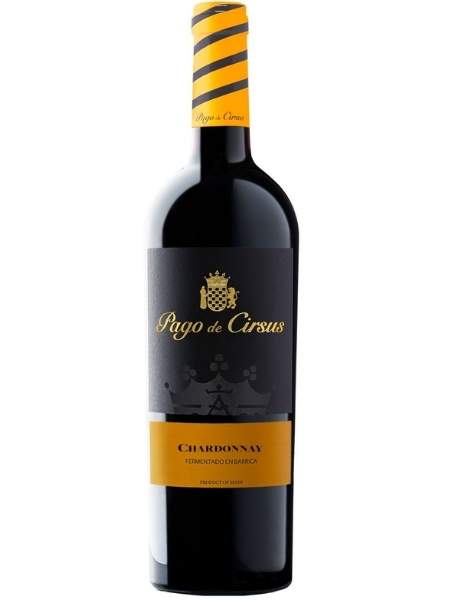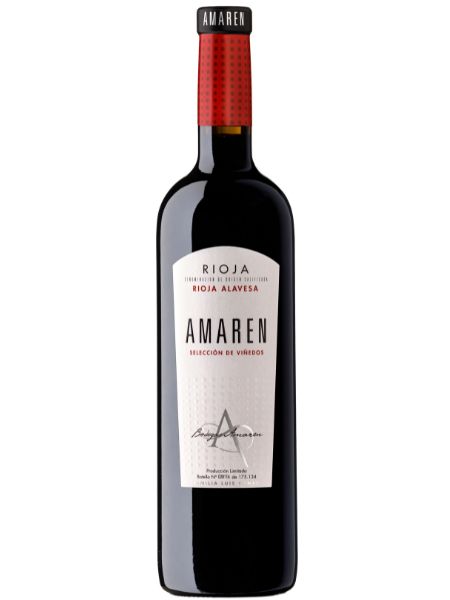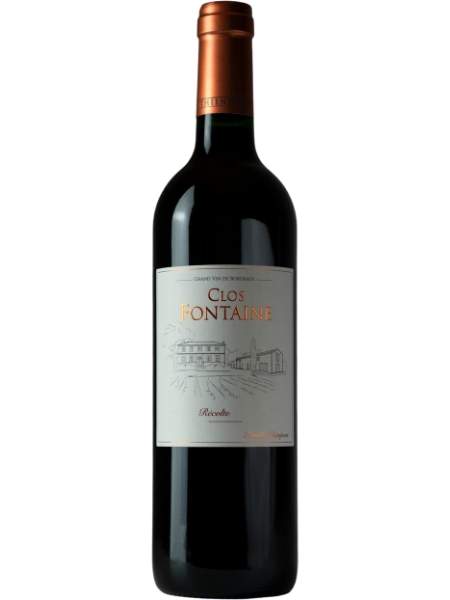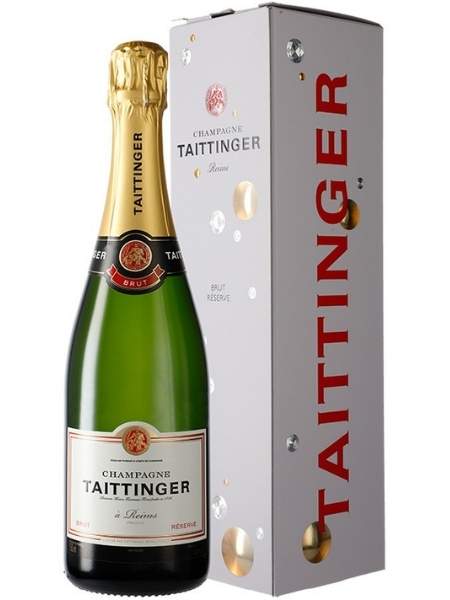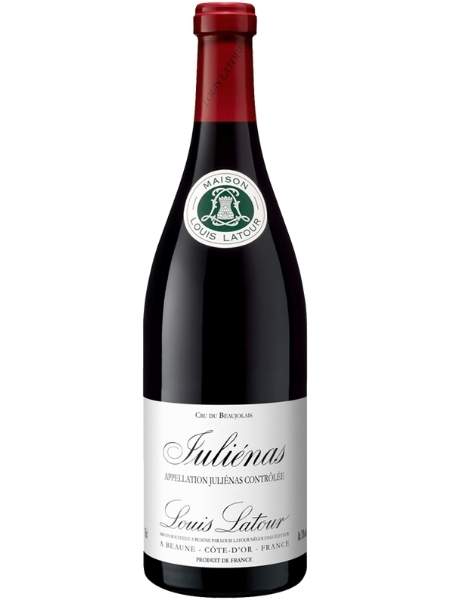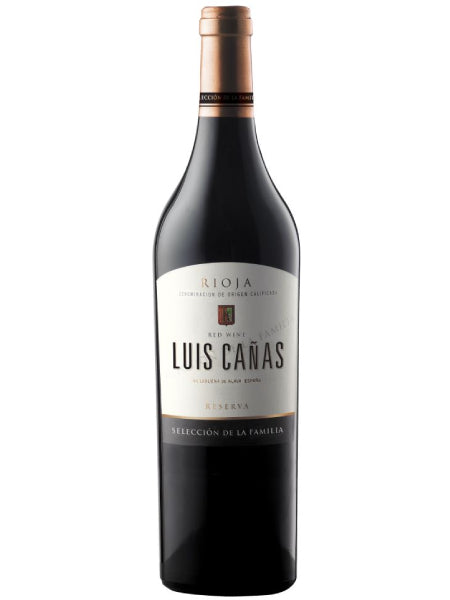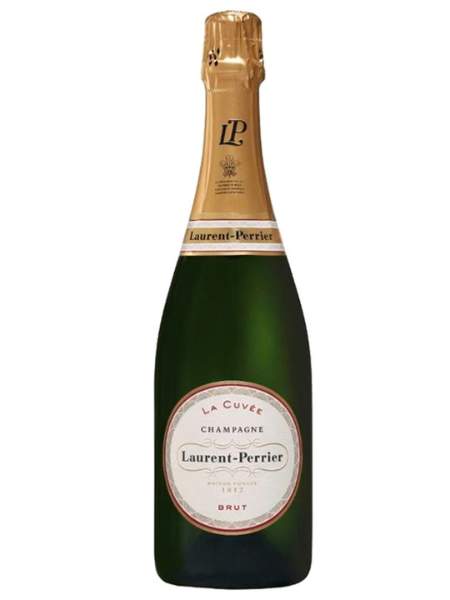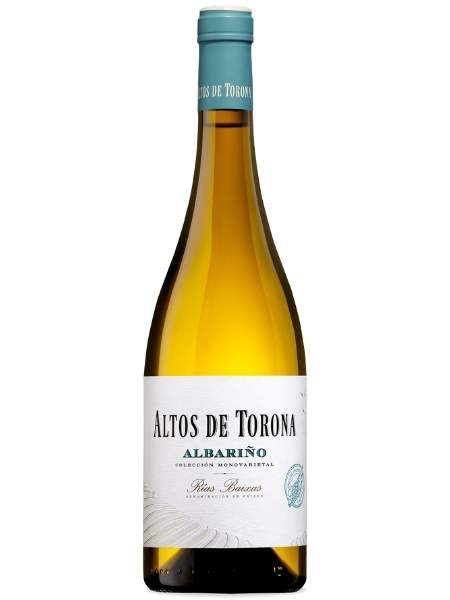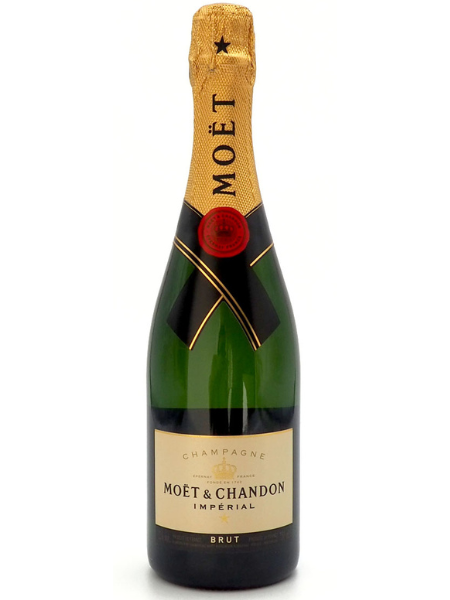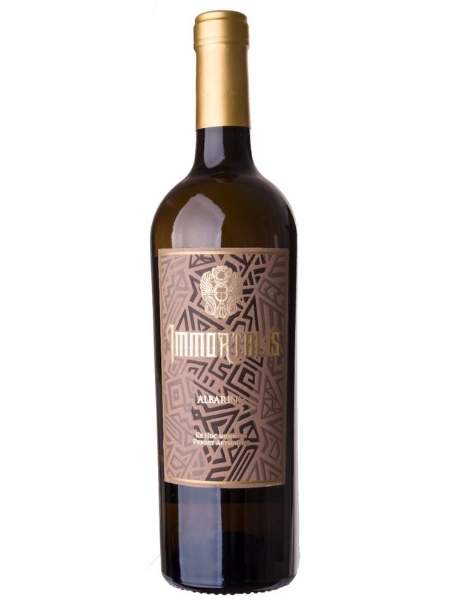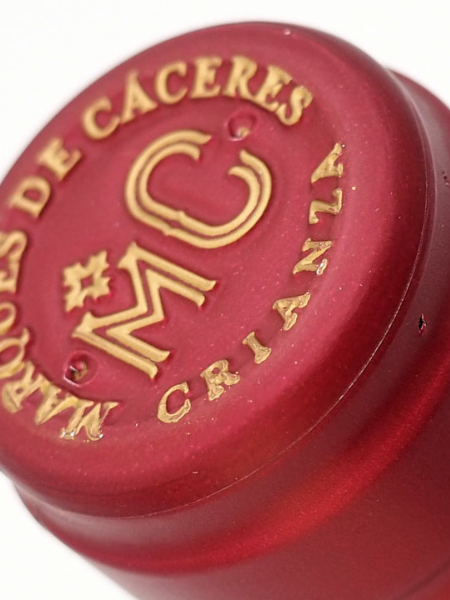
How to Read a Wine Label: Your Go-To Guide

Wine, in its rich complexity, offers not just an array of tastes and aromas but also a glimpse into its very essence through the story told on its label. Understanding this story is key for any wine enthusiast looking to deepen their appreciation of fine wines. This guide will take you through the essentials of how to read a wine label and why it's an invaluable skill in the intricate world of wine.
Importance of Understanding Wine Labels for Wine Enthusiasts
For those who cherish the world of wine, every bottle is a narrative of regions, grape varieties, and the meticulous craft of winemaking. A label doesn’t just mark a bottle; it's an introduction to what’s inside. Hence, mastering how to read a wine label can significantly enhance your selection process, ensuring you take home a bottle that meets your taste and occasion.
What Information is on a Wine Label?
Origin and Grape Variety
At the heart of every wine label is the origin – the region or country where the wine was produced - and the grape variety used. This information can tell you a lot about the flavour profiles to expect, given the climate and soil conditions unique to the location.
Appellations and Wine Classifications
Many countries have controlled designation systems to classify wine, such as AOC in France and DOCG in Italy. These appellations guarantee that the wine meets certain standards related to grape variety and winemaking practices.
Vintage Year and Winery Details
The vintage year refers to when the grapes were harvested, offering clues about the weather conditions that year, which significantly impact the wine's flavour. Winery details, while seemingly trivial, tell a tale of heritage, tradition, and the winemaking philosophy behind your wine.
How to Read a Wine Label
Understanding the Terms and Their Significance
Terms like "Reserve", "Estate", and "Barrel-aged" appear frequently on wine labels, each indicating something unique about the winemaking process. Knowing these terms helps wine lovers in selecting a bottle that aligns with their preference.
Tips for Deciphering Complex Labels
Don’t be daunted by complex labels packed with certifications and numerous terms. Focus first on the origin, variety, and vintage, then explore additional details that might hint at the taste and quality of the wine.
Why Wine Labels Matter
The Impact of Label Design on Consumer Perception
Beyond the technicalities, the aesthetics of a wine label can influence consumer choice. A well-designed label suggests attention to detail and quality, often reflecting the care put into the wine itself.
How to Choose a Wine Based on Its Label
While personal preference should guide your choice, understanding a label allows you to make informed decisions. Whether you’re looking for a bold, aged red or a fresh, aromatic white, the label is your first hint at finding your ideal wine.
Conclusion
Wine labels are a gateway to understanding and appreciating the depth that each bottle holds. By becoming fluent in reading wine labels, you not only enhance your wine-tasting experiences but also deepen your connection with the art of winemaking.
We invite you to explore our selection of wines, applying your new knowledge to find bottles that speak to you. And remember, sharing this guide with fellow wine enthusiasts not only spreads the joy of wine but also the pleasure of discovering it together.
Cheers to your next wine adventure!






